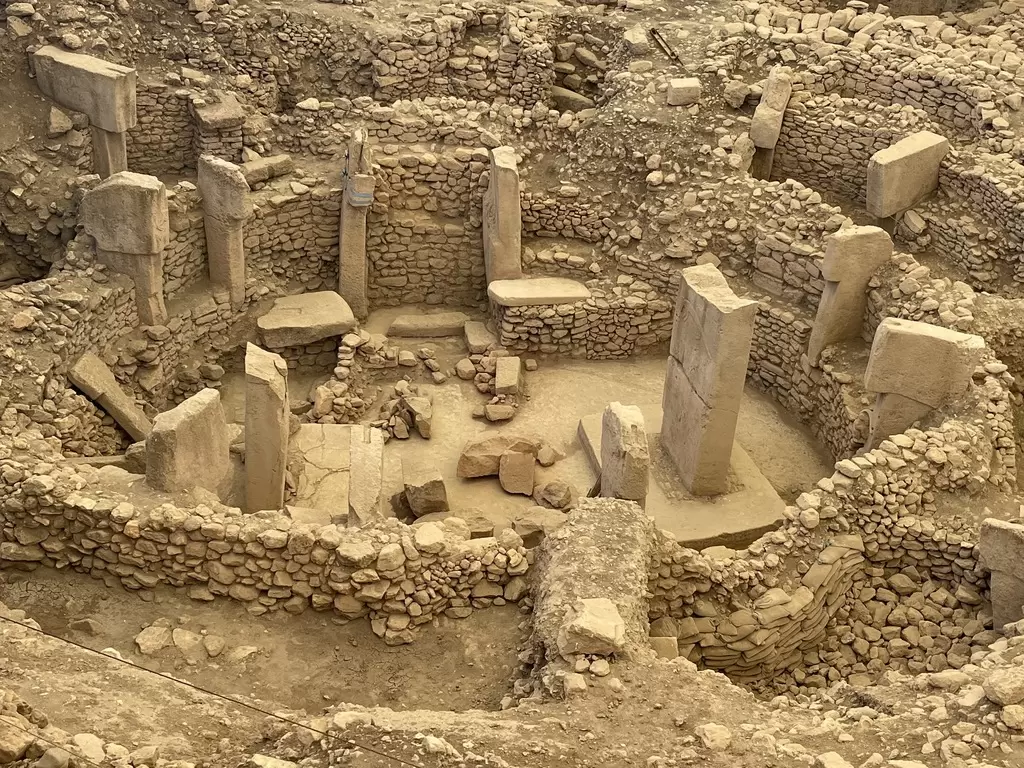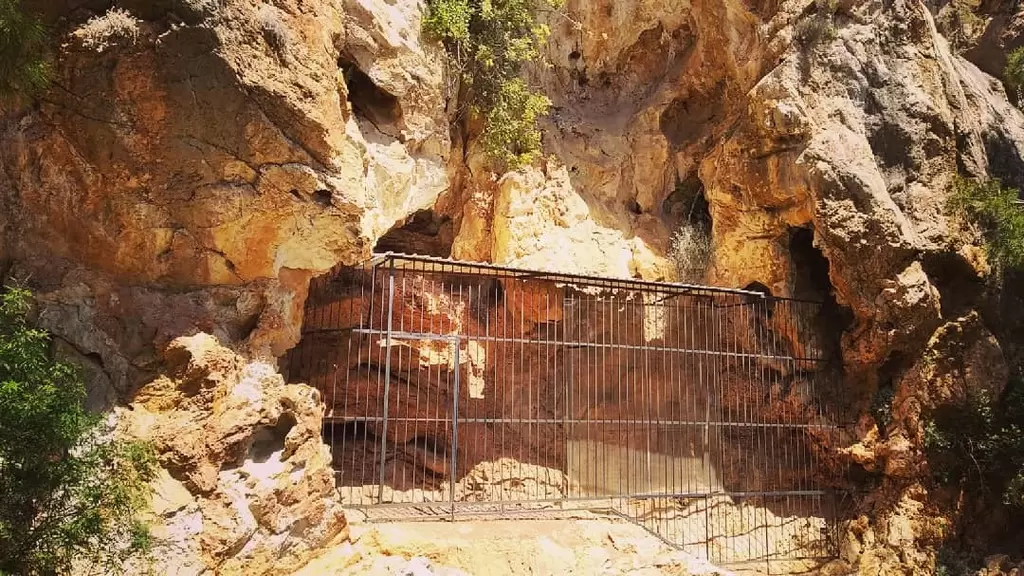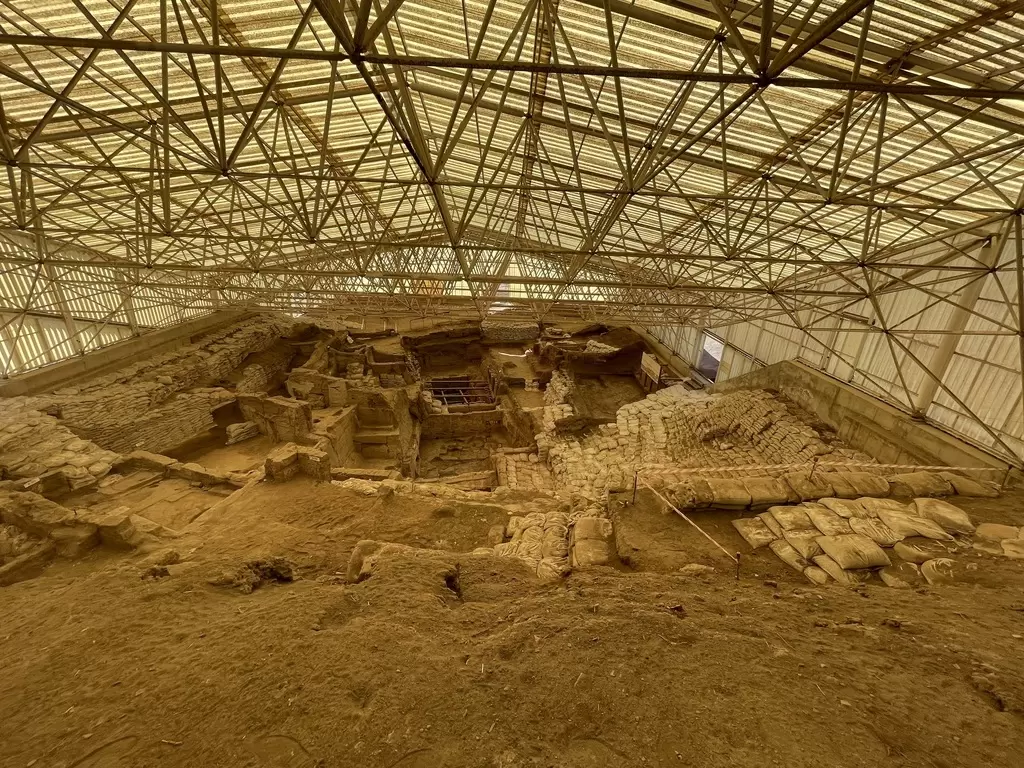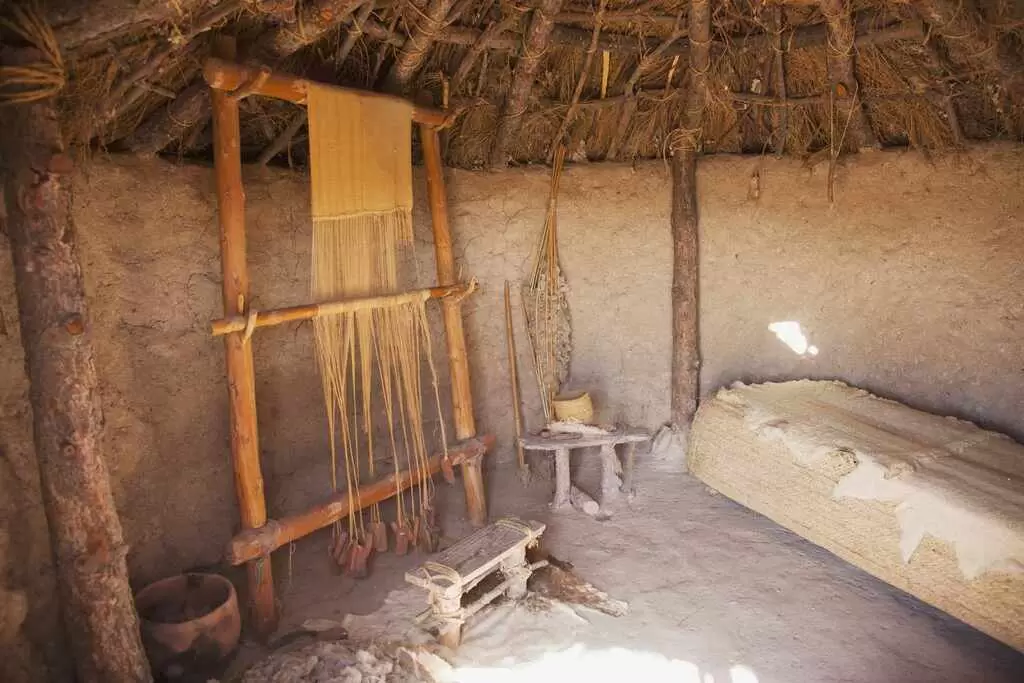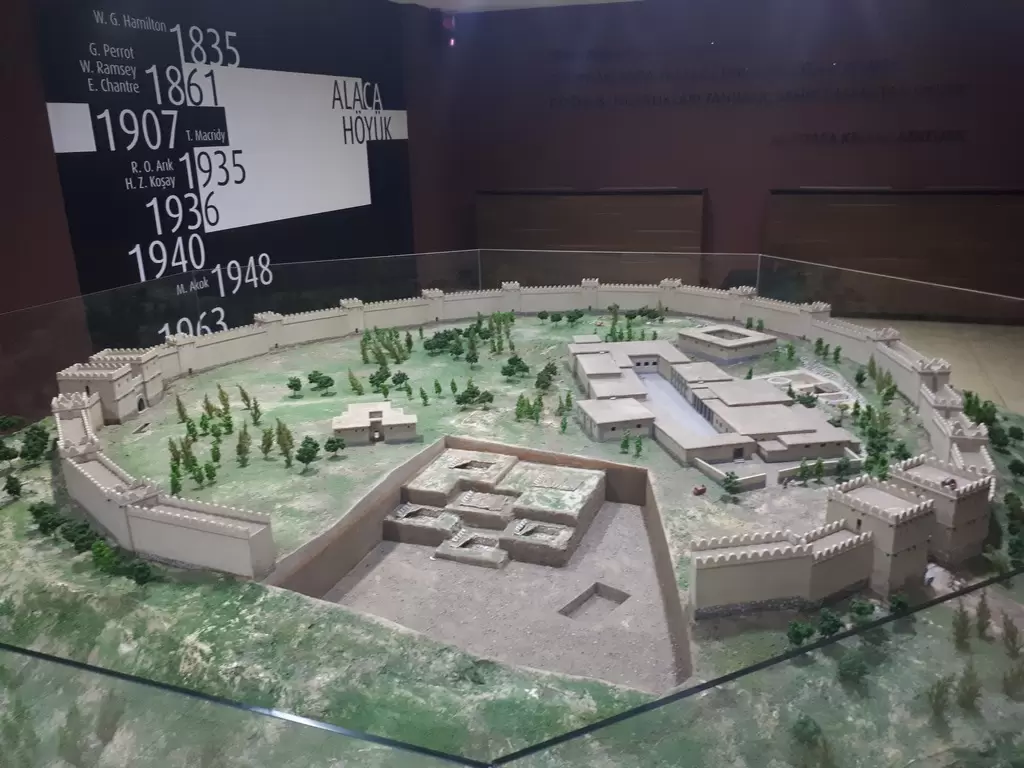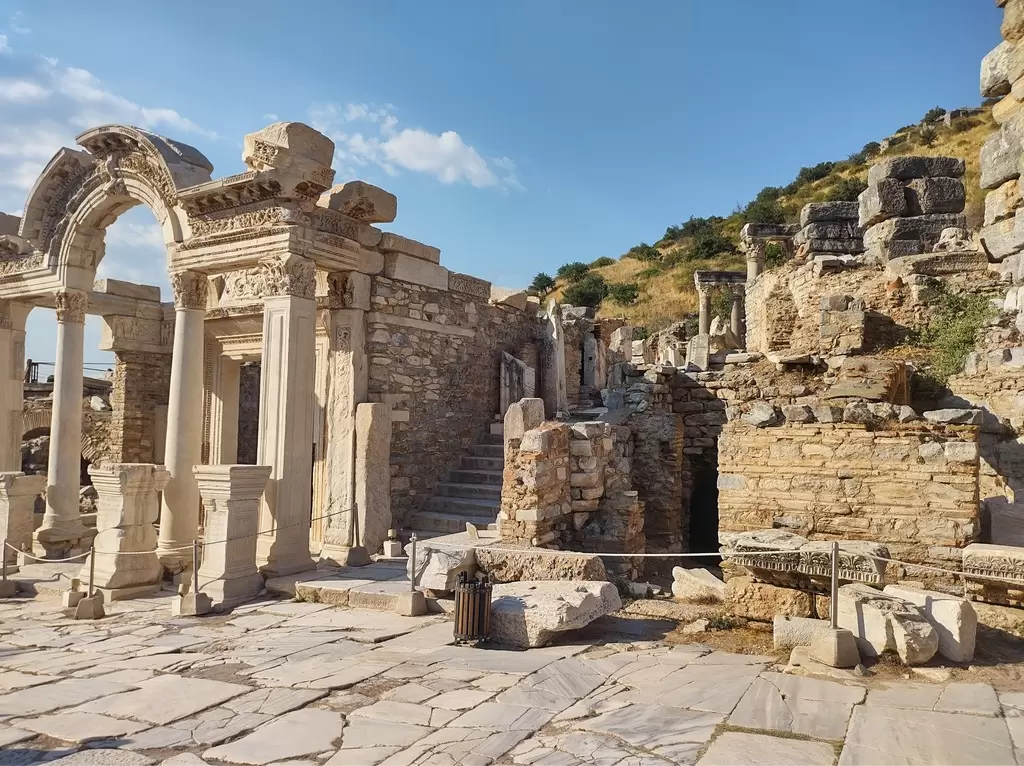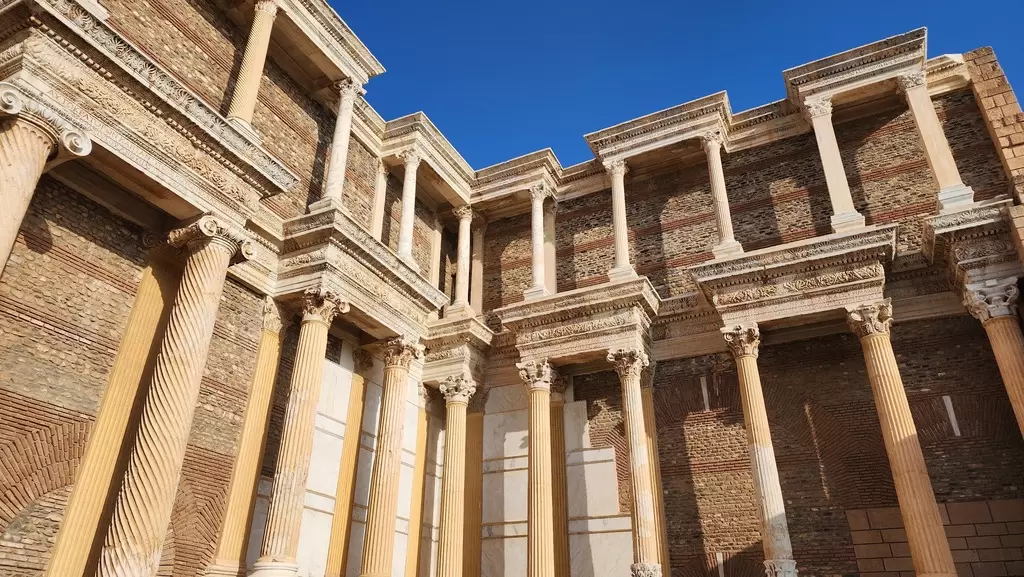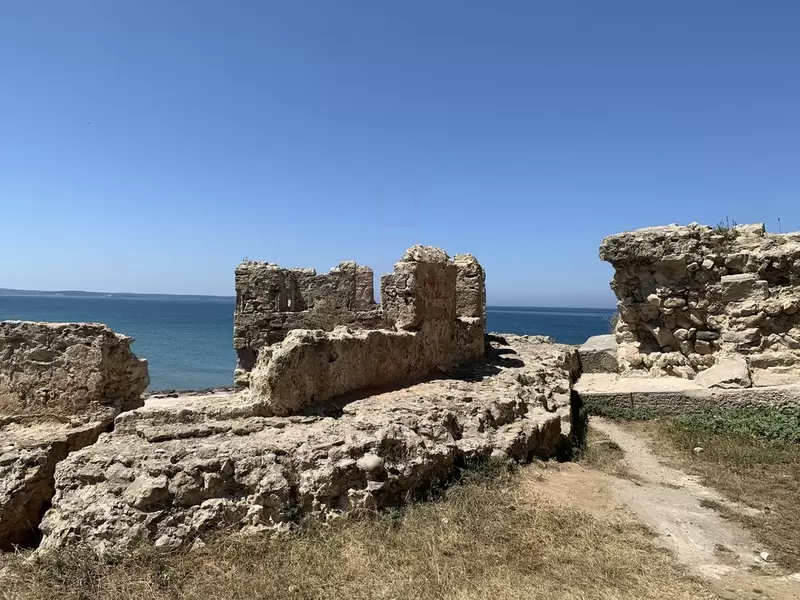
The Kingdom of Paphlagonia was an ancient kingdom situated in the northern part of Anatolia, along the coast of the Black Sea. It emerged around the 8th century BCE and is often noted for its strategic location, which facilitated trade and cultural exchange with neighboring regions, including the Hittites, Phrygians, and later the Persians and Greeks.
Paphlagonia's landscape is characterized by rugged mountains and fertile valleys, which contributed to its agricultural production and natural resources. This varied geography made it a significant area for both settlement and defense. The kingdom was inhabited by various tribes, each with distinct customs and social structures. The most notable of these tribes included the Paphlagonians, who were known for their warrior culture and maritime activities.
The capital of the kingdom was likely the city of Sinope, a major port that played a crucial role in trade and commerce. Sinope became a center for the export of local goods, including timber and agricultural products, and facilitated cultural interactions with Greek settlers and traders. The influence of Greek culture is evident in archaeological findings, including pottery and inscriptions that showcase the blend of local and foreign traditions.
Paphlagonia was not a centralized state like some of its neighbors. Instead, it was a collection of semi-autonomous regions ruled by local chieftains, which allowed for a diverse array of political structures and alliances. This decentralization enabled the Paphlagonians to adapt to various external pressures, including invasions and shifting trade routes.
In the 6th century BCE, Paphlagonia came under the control of the Persian Empire during the conquests of Cyrus the Great. Despite this incorporation, the Paphlagonians retained a degree of autonomy, allowing them to maintain their customs and local governance. Persian influence is evident in the administrative practices and military organization adopted during this period.
The kingdom's historical significance lies not only in its strategic location but also in its interactions with other ancient civilizations. Paphlagonia served as a cultural crossroads, where various traditions and practices merged. Its inhabitants contributed to the broader tapestry of ancient Anatolian history through trade, warfare, and cultural exchange.
Archaeological excavations in the region have uncovered evidence of settlements, fortifications, and artifacts that provide insights into the daily life and social structure of the Paphlagonians. These findings highlight their craftsmanship, particularly in metalwork and pottery, which reflect both local styles and influences from neighboring cultures.
The Kingdom of Paphlagonia's legacy is remembered through historical records and archaeological sites, offering a glimpse into the rich cultural heritage of ancient Anatolia. Its role as a significant player in regional politics and trade continues to be a subject of interest for historians and archaeologists alike, showcasing the complexity and diversity of ancient civilizations in this vital area of the world.








